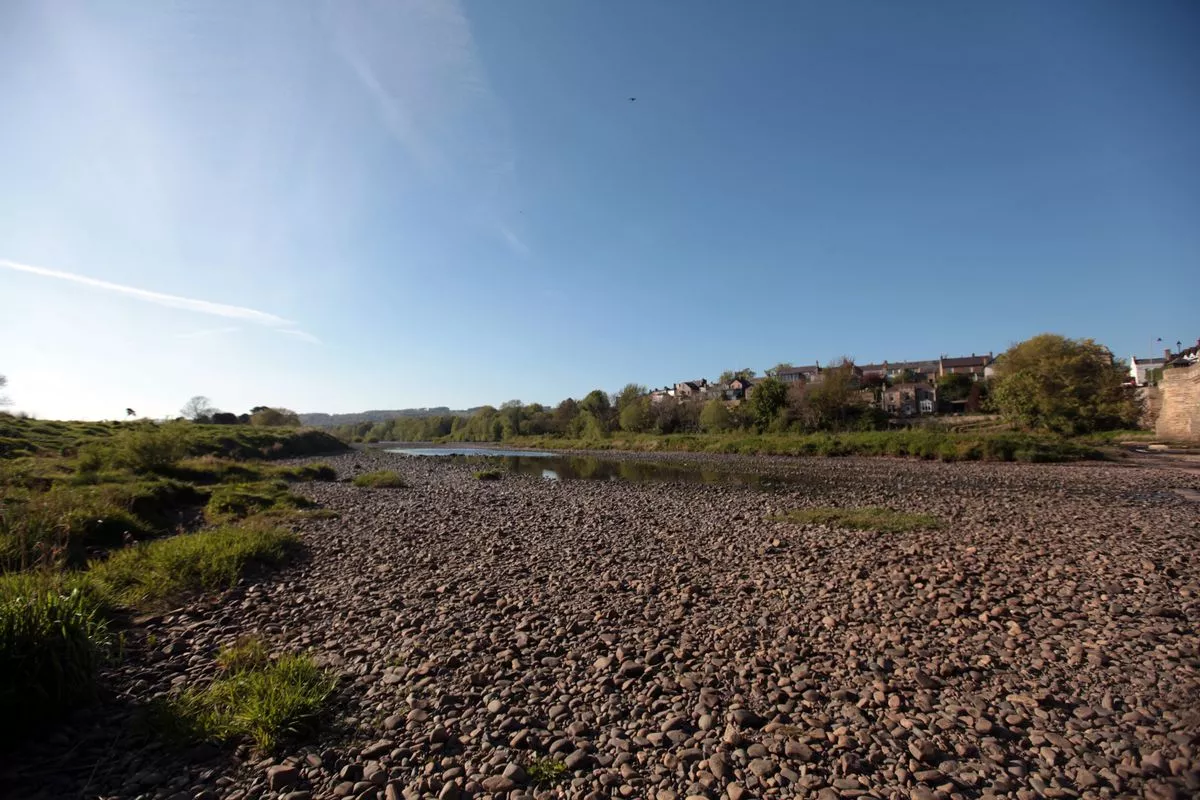Spring Fisheries Report
We are all aware of the amazingly dry Spring this year. Whilst many of us enjoy the benefits dry weather brings, there are some adverse impacts.

The Tyne catchment watercourses are extremely low, fortunately overnight low temperatures have kept water temperatures below 18C, reducing stress on aquatic creatures.
Smolt (young salmon) migration is slower this year, the low flows do not encourage fish to migrate, this is clearly evident when fish are held in high numbers in large holding pools. This is particularly evident above man-made obstructions such as weirs, bridge footings and fords.
Smolts become vulnerable to predators, in particular avian predators. However, salmon have survived many such challenges over millennia and will do so again. Increased shading in nursery tributaries will assist survival, reducing water temperature and providing shelter from predators, hence increasing riparian tree cover is vital.
In some tributaries the stream vanishes underground in low flows, this is a recurring event in limestone stream beds. Other ‘vanishing’ events can be caused by human activity such as mining.
On 1st May an active member of the Local Salmon and Trout Conservation Trust contacted Tyne Rivers Trust with concerns about stranded fish a below and above a mining sink hole. The Environment Agency were hastily contacted at local and national level.
The Environment Agency response was superb, on Saturday 4th May, their specialist team successfully completed as fish rescue. 664 fish were rescued , 565 salmonids ( including 40 smolts), 25 stoneloach and 74 minnows were collected and transferred to a safe stretch of water.
This shows how good reporting can lead to positive outcomes.
Upstream migration salmon have challenging conditions, there are some counts at Riding Mill, mainly overnight, up to the 20th May around 240 upstream counts of migrating fish were recorded by the fish counter.
The weather forecast offers some hope and we have seen some rainfall in early June. A bit of fresh water would be welcome, enough to ease the smolt migration and encourage some returning adults and not too much water that otherwise may be harmful to ground nesting birdlife.


